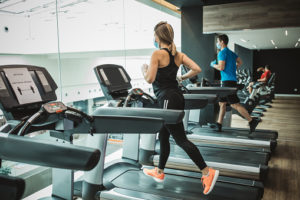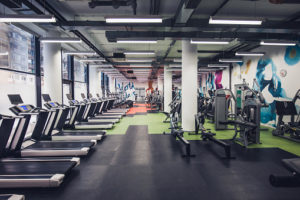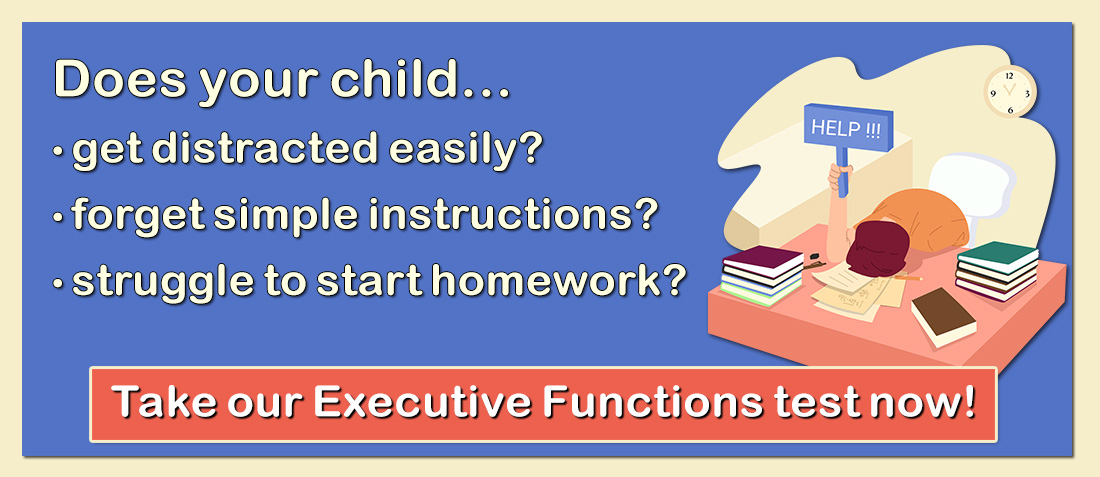
One of the best things to do to treat ADHD is to be active — very active. In fact, researchers have found that vigorous exercise can reduce the symptoms of ADHD. John Ratey, co-author of Driven to Distraction, has championed the use of exercise as a method for improving attention and learning. His book Spark: The Revolutionary New Science of Exercise and the Brain describes a series of studies that demonstrate the ways exercise can improve the capacity for learning and memory and reduce the symptoms of ADHD. As a teenager or young adult with ADHD, it has been difficult to remain active during the COVID-19 pandemic. But even if you can’t go to your favorite gym, you can use technology and the big outdoors to remain active.
Active teens and young adults with ADHD might not even notice how physical activity can help them focus and sustain attention until they are required to sit still and concentrate for an extended period. This is exactly what happens to children with ADHD who are glued to their classroom chairs for seven hours per day. They cannot stay on task and need to move — sometimes getting them into trouble. If you are fortunate enough to have a job or an educational pursuit in which being physically active is an integral component, you might find that your ADHD symptoms are less noticeable during work and also during the next few hours afterward.
For young adults with ADHD who do not regularly exercise, making the commitment to a sustained program of regular physical activity can be life-changing. Not only will it improve your physical health and fitness, but it will also help you to improve your attention span and assist you in handling day-to-day stress.Exercise is not magic; it works by increasing the amount of brain-derived neurotrophic factor, (BDNF) which directly impacts the capacity to concentrate and to manage stress. John Ratey describes brain-derived neurotrophic factor as a protein produced inside nerve cells that serves as “a Miracle-Gro for the brain, fertilizing brain cells to keep them functioning and growing.” It is this new brain-cell growth that helps individuals with ADHD with their tension- and stress-related difficulties.

Due to recent world events, making it to the gym has been nearly impossible these past few months: COVID-19 has caused the shutdown of all gyms. This has caused many young people to ignore their need for physical exercise, whether they have ADHD or not. However, though COVID-19 has made it harder to incorporate physical exercise into your life, you don’t need a gym to be physically active. Incorporating regular exercise, without the use of a gym, into your week can greatly improve your general health and your ADHD symptoms.
If you recently gained access to a gym, walking on the treadmill, lifting weights, or working on various machines a few times a week would be great. If you don’t have access to a gym or you are not comfortable going due to COVID-19, try to incorporate walks, runs, hikes, or small exercises into your weekly routine. Buying a small set of hand weights, resistance bands, ankle weights, etc. can transform your at-home work out experience.
So if you’re ready to reduce your stress and improve your focus and attention, here are a few suggestions:
-
Make the commitment to exercise on a daily basis. Set aside a minimum of 45 minutes a day to engage in some form of vigorous exercise. This could range from power walking to running, cycling, weight lifting, dancing, or any other sport or activity in which you will increase your heart rate and work up a sweat. Do not be discouraged if you miss a day, but do try to keep up with it on a regular basis.
-
Choose exercises that involve many parts of your body. Complex physical movement has been demonstrated to improve focus and attention. Sports that involve complex body movements include karate and other martial arts, tennis, and swimming.
-
Make exercise into a social activity. Find a partner or a group to exercise with on a regular basis. Going for a bike ride, playing a tennis match, or going to the gym with a friend can keep you regularly active. Talking with others also tends to take your mind off the monotony of exercise.
-
Make your exercise interesting. The nature of ADHD is that many things can become boring and may not sustain your attention. Make exercise more stimulating by listening to music or an audiobook or reading or watching television while using a stationary bike or treadmill. You might also choose to engage in a form of exercise that requires your full attention due to its riskiness, such as mountain bike riding, cross-country skiing, or other extreme sports.
-
Use technology as a tool to get you to exercise. YouTube has thousands of exercise, and yoga, videos that you can do in your own home and truly work up a sweat without fear of sharing exercise equipment with others. Or, consider playing a video game that requires movement. Some of the older classics and updated versions of the same games are fun and vigorous.
Receive online class information and helpful tips from Dr. Randy Kulman's LearningWorks for Kids |




